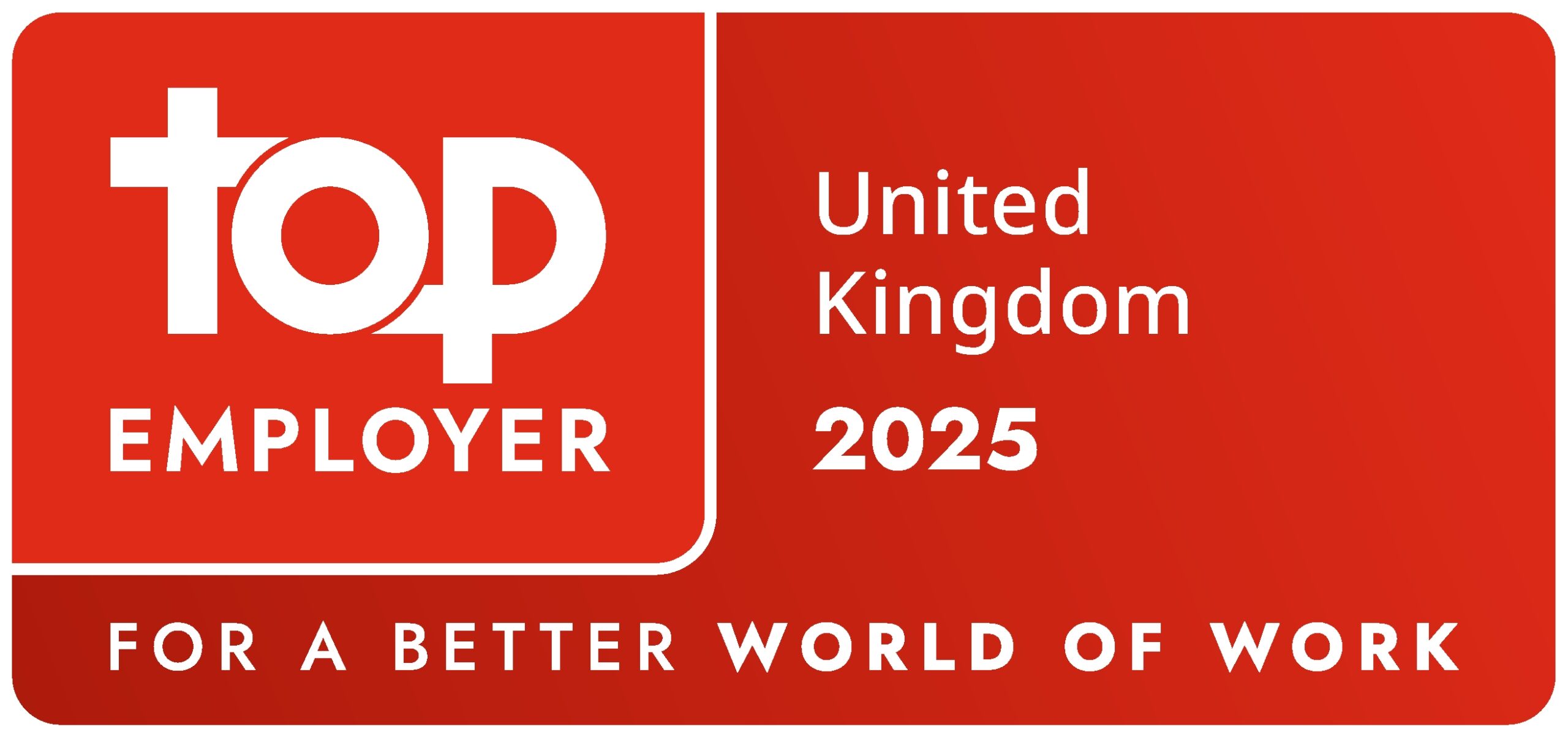It feels like I can’t escape AI – it is beating my husband at chess, marking my son’s homework and continually pops up in my LinkedIn news feed. Why is it everywhere, and what does that mean for pension scheme trustees?
What is AI?
Taking a step back for a moment – what actually is AI? There’s no universally accepted definition of AI, but typically it involves systems that are designed to perform tasks typically requiring human intelligence, such as decision-making, language understanding and pattern recognition.
Why is AI on the rise?
One of the key developments was when generative AI (which can create new content) started to generate useful output (think ChatGPT post November 2022). AI has potential benefits, including enhanced efficiency, better customer service, improved decision-making and, the holy grail for most businesses, cost savings.
But as with any new technology, there are various risks associated with using AI, including:
- risk of bias – any biases in the AI training data will be built into any output, which could lead to unfair or discriminatory outcomes
- lack of transparency and accountability – how does the AI tool work and who takes responsibility when something goes wrong
- privacy and security risks – AI systems often handle large amounts of personal data, raising concerns about data privacy, security, and potential misuse. They can also be vulnerable to cyberattacks
- hallucinations – AI hallucinations are instances where an AI, especially a generative AI, produces outputs that deviate from reality or lack a factual basis. These outputs might appear plausible but are actually inaccurate or misleading.
However, most risks can be mitigated, eg with suitable testing, appropriate human oversight and strong security measures.
How is AI being used in pensions?
Admin and governance
Administrators can use AI to improve scheme data, by flagging any gaps or discrepancies in the data. They can also use AI to improve document organisation, and to produce summaries of reports for trustees. From a governance perspective, AI can be used to draft minutes of meetings. However, they will still need human oversight to ensure that they are correct and that the key points have been picked up.
Member engagement
AI can also be used to draft member communications. However, given the complexity of pensions, they will still require a great deal of human input to ensure they are accurate. Alternatively, AI could be used as a “sense checker”, asking it to summarise key points – if it can’t pick out the key points, then maybe the comms need tweaking.
AI can help members in other ways too – some administrators are developing chatbots and others are already using AI tools to help created automated nudges to members.
What should trustees be doing now?
Carry out a risk assessment
Find out if your service providers are using AI. If they are using it, how are they using it? What personal data is being processed? What security measures are in place? What data is the AI tool being trained on?
Once you understand how it is being used, or how it might be used, consider the potential risks and how you can minimise those risks. This will need to be done with providers, but trustees will also need to consider their liability and what contractual protections are in place if things go wrong.
Put suitable governance in place
Think about how AI fits into their wider governance framework – will it be covered at board level or by a committee? How should providers report back to trustees? Trustees will need to think about how to build any risks into the risk register – this will depend on how their providers are using AI and what mitigations have been put in place.
Consider whether to have an AI policy setting out trustees’ key AI principles, eg trustee expectations around AI use by providers, data protection considerations, what human oversight is needed when using AI, and so on.
Trustee training
Organise appropriate training to increase the trustee board’s understanding of AI.
Trustees are responsible for the proper running the scheme. With AI continually changing and improving, it’s important for trustees to stay on top of these developments and what their providers are doing.









